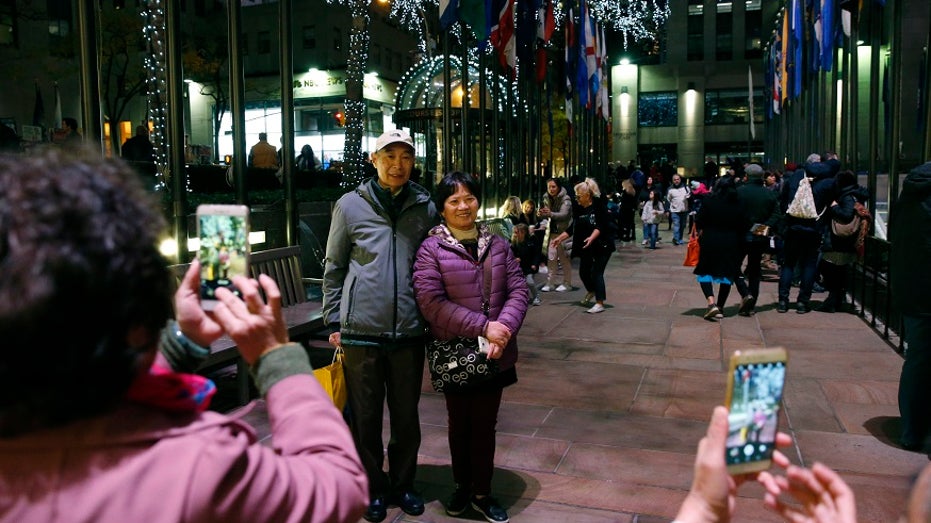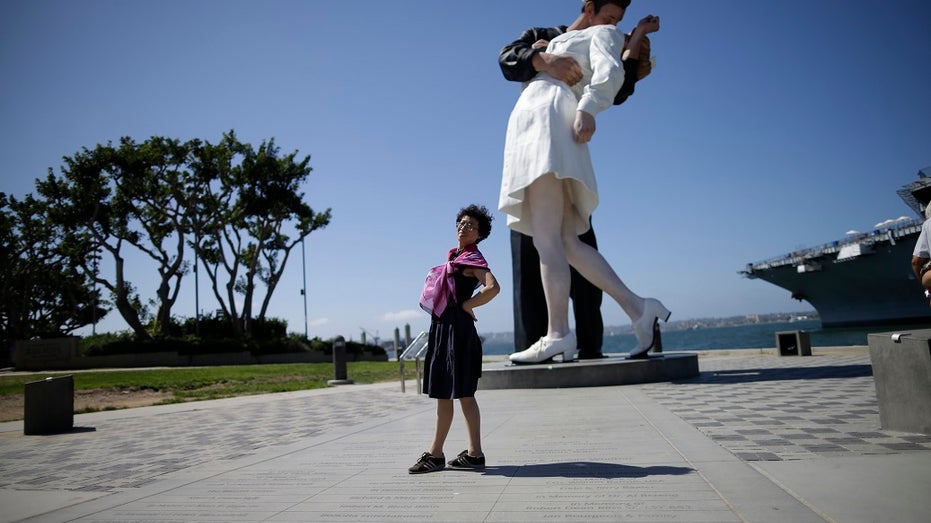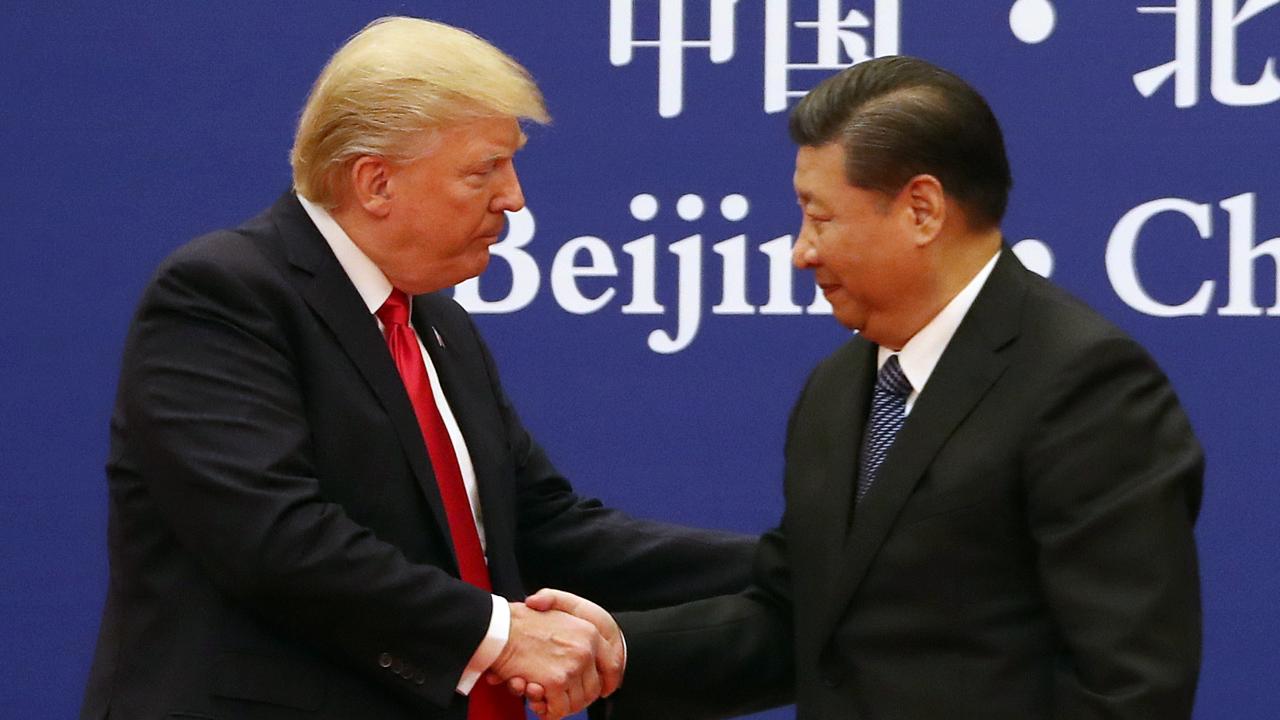Chinese tourism to US declines for first time since 2003
New data showed the number of Chinese visitors to the U.S. is dropping as cities and other tourist hubs are looking for ways to reverse the movement.
Data from the National Travel and Tourism Office found travel from China to the U.S. fell 5.7 percent in 2018 to 2.9 million visitors. It marked the first time since 2003 that Chinese travel to the U.S. slipped from the year prior, The Associated Press reported.
The trade war between the U.S. and China could be one of the contributing factors of the tourism drop. The U.S. now has a 25 percent tariff on $200 billion worth of Chinese imports, while China has retaliated with tariffs on $60 billion of U.S. imports.
Another reason for the decline could be in wake of China issuing a travel warning for the U.S. last summer, telling its citizens to beware of shootings, robberies and high costs of medical care. The U.S. later struck back by issuing a warning to Americans about travel to China.
Another possible reason behind the tourism decline is economic uncertainty in China, which is leading many citizens to either travel closer to home -- like to Hong Kong, Macau or Taiwan, for example. Those who do travel may be seeking out more exotic destinations like Croatia and Nepal, according to Wolfgang Georg Arlt, the director of the Chinese Outbound Tourism Research Institute said.
Chinese travel to the U.S. has been leveling out after it boomed earlier in the decade. In 2000, 249,000 Chinese visited the U.S. That number tripled to 802,000 by 2010, then tripled again by 2015, in part because of higher incomes, better long-haul flight connections and an easing of visa restrictions, according to consulting firm McKinsey.

Tourists from China pose at Rockefeller Center in New York City in 2017. (AP)
In 2016 and 2017, more than 3 million Chinese visitors came to the U.S., but year-over-year growth edged up just 4 percent in 2017 -- the slowest pace in more than a decade.
Most industry-watchers agree that any downturn is temporary, since China's middle class will only continue to expand. The U.S. government forecasts Chinese tourism will grow 2 percent this year to 3.3 million visitors, and will reach 4.1 million visitors in 2023.
Overall, international travel to the U.S. has decreased.
Data for 2018 hasn’t been released yet, but international travel to the U.S. fell 2 percent in 2016 and was flat in 2017. However, Chinese travelers contribute to the highest tourism traffic to the U.S. and any decline will be felt by destinations that have relied on the Chinese spending power.

A tourist poses in front of sculpture "Unconditional Surrender," in San Diego in 2015. (AP)
Spending by Chinese visitors – which doesn’t include students – has increased more than 600 percent between 2008 and 2016 to nearly $18.9 billion. To hold on to that money, experts said the U.S. tourism industry must do more to keep up with Chinese travelers and their changing needs.
CLICK HERE TO GET THE FOX BUSINESS APP
Larry Yu, a professor of hospitality management at George Washington University, noted Chinese tourists, especially young ones, plan trips using social media apps such as WeChat and have adopted to smartphone-based payment systems. They also tend to not travel in big tour groups.
Some tourist spots have began adapting to these new developments.
The Beverly Center mall in Los Angeles, for example, used to cater to large crowds of people but has now shifted its focus to smaller groups of 10 or less. The mall has pushed its stores to offer China UnionPay, a digital payment service. Washington, D.C. became the first American city to launch an interactive guide in WeChat.
The Associated Press contributed to this report.




















